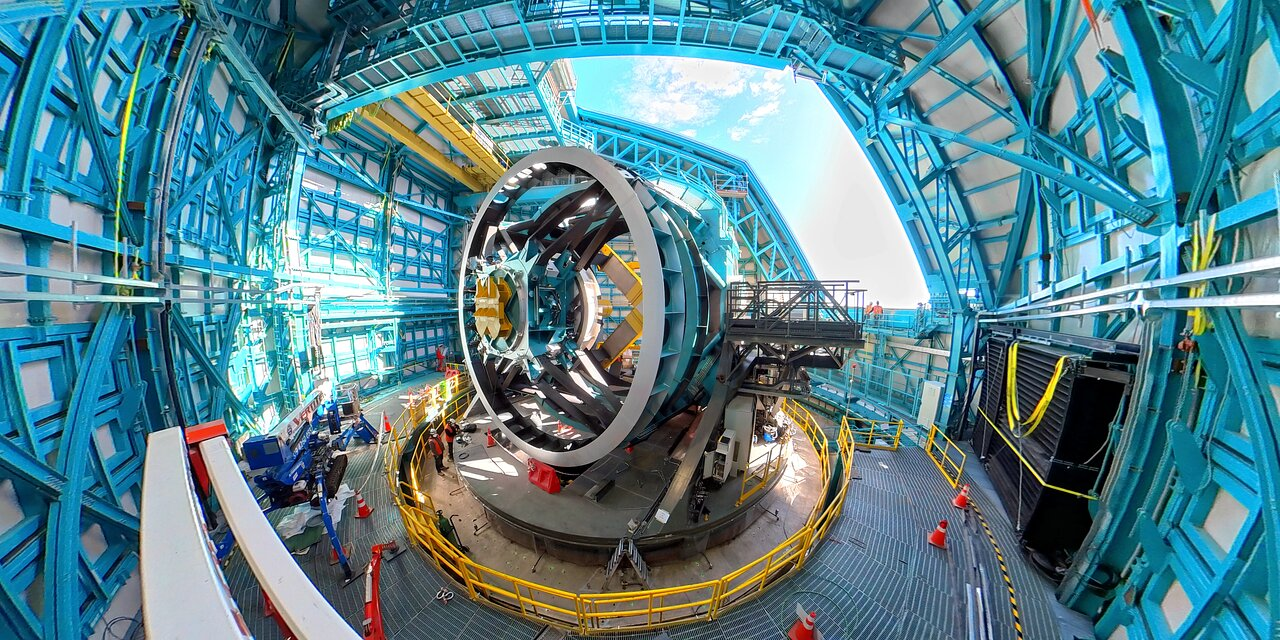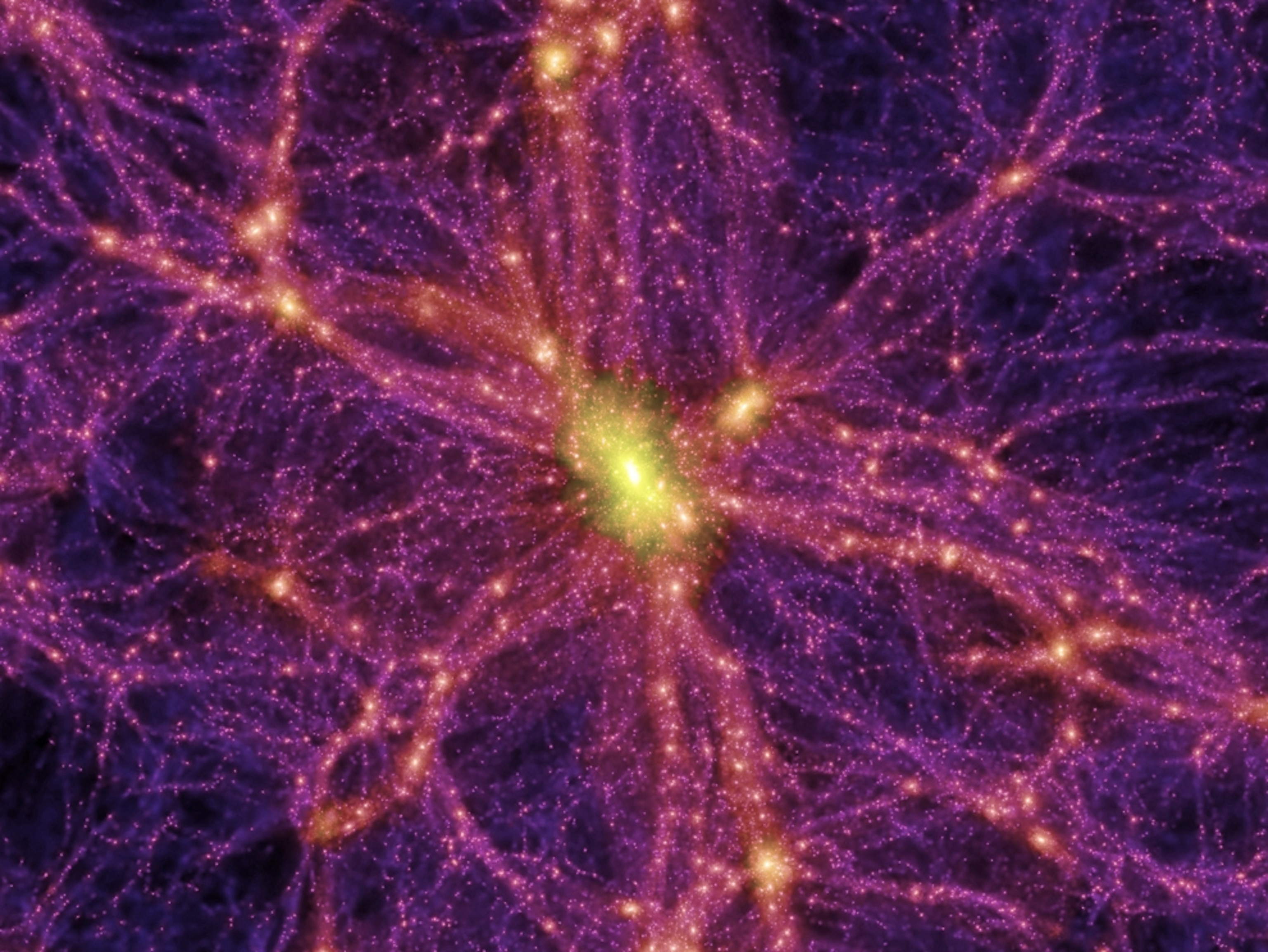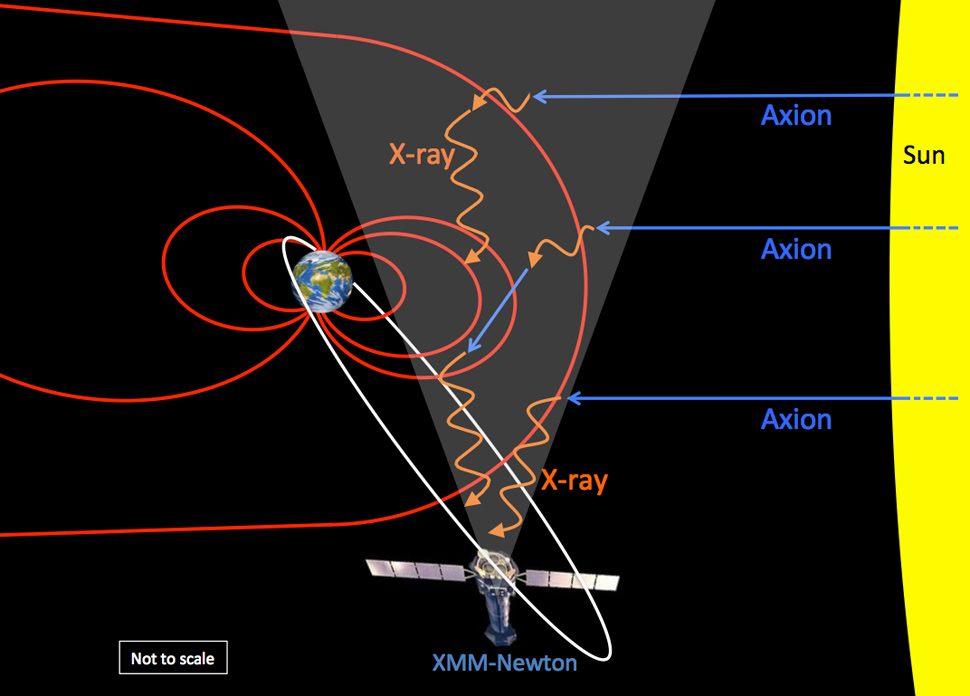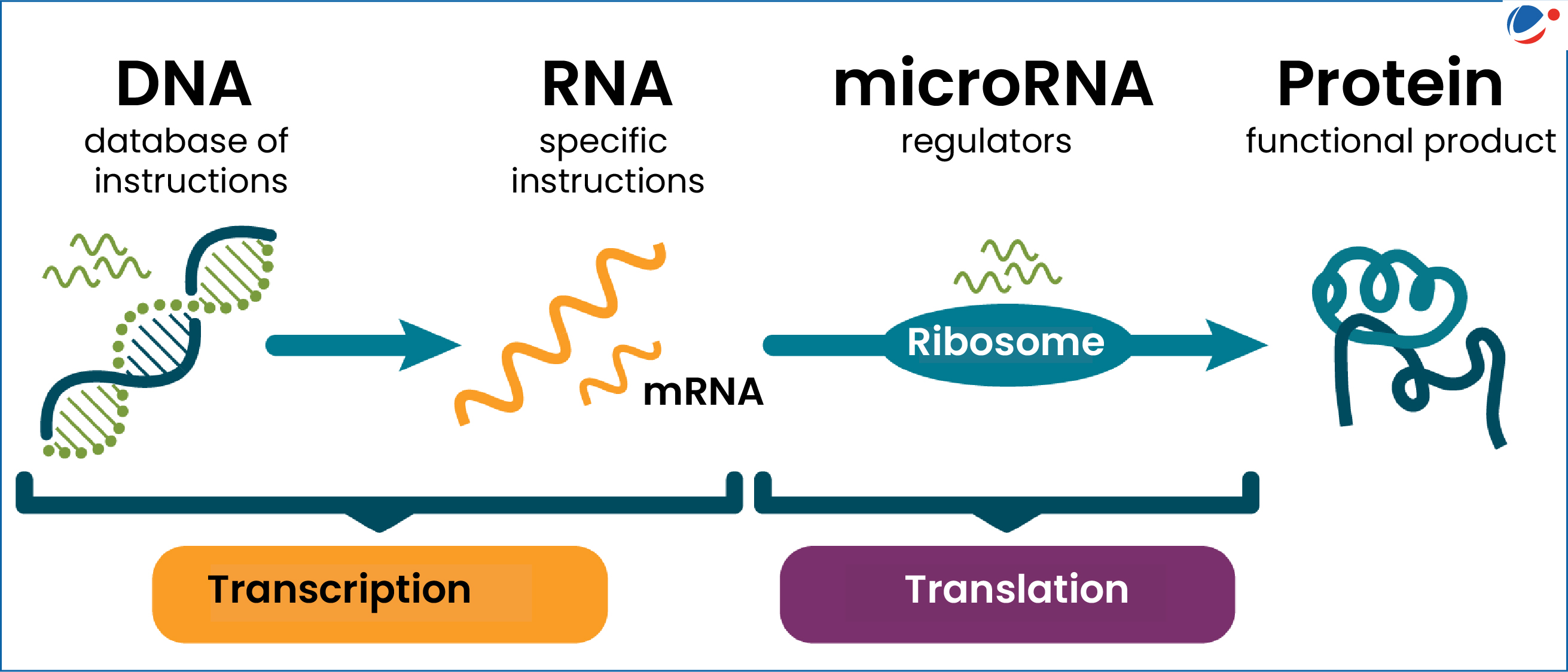Rubin Observatory: Mapping the Milky Way with Cutting-Edge Tech
The Rubin Observatory is set to revolutionize our understanding of the cosmos by harnessing cutting-edge technology like the LSST camera. Located in Chile, this astronomical powerhouse aims to illuminate the mysteries of dark matter while meticulously mapping the Milky Way over a decade-long survey. With its state-of-the-art imaging capabilities, the observatory will capture breathtaking astronomical images, allowing scientists and enthusiasts alike to witness the universe in unprecedented detail. As the first milestone approaches, the integration of the larger LSST camera promises to enhance observational precision, paving the way for groundbreaking discoveries. This ambitious project not only serves the scientific community but also engages the public with open access to its findings, ensuring that the wonders of the night sky are shared and explored broadly.
The Vera C. Rubin Observatory, often referred to simply as Rubin, is primed to transform our grasp of astrophysical phenomena through its innovative survey work. This facility champions the Legacy Survey of Space and Time, a decade-long initiative that combines the power of a large aperture telescope with a vast field of view to reveal the universe’s intricacies. Its primary tool, the LSST camera, embodies the next generation of cosmic exploration, unveiling the secrets of dark matter and the structure of the Milky Way in a manner never before possible. By regularly capturing time-lapse images of the night sky, this project offers a deep dive into celestial events, contributing to our knowledge of everything from potentially hazardous asteroids to distant supernovae. Furthermore, Rubin’s commitment to open data access reflects a groundbreaking shift in how scientific knowledge is shared, inviting collaboration and curiosity from a global community.
Unveiling the Rubin Observatory: A New Era in Astronomy
The Vera C. Rubin Observatory is set to revolutionize the field of astronomy with its advanced capabilities, particularly through its LSST camera. This powerful instrument combines a wide-field and large-aperture design, allowing astronomers to capture vast regions of the night sky while also collecting light from incredibly faint objects. By leveraging cutting-edge technology, the observatory aims to create a comprehensive map of the universe over its ten-year operational timeline, providing unprecedented insights into the cosmos.
With the capability to take images 21 times larger than its predecessor, the LSST camera is a pivotal element of the Rubin Observatory’s mission. As it begins its crucial commissioning period, scientists are preparing for the first public release of astronomical images in mid-2025. These images will not only light up our understanding of the Milky Way but also support a range of scientific endeavors from mapping dark matter to identifying potentially hazardous asteroids, emphasizing the observatory’s significant role in advancing space science.
The Evolution of the LSST Camera: A Marvel of Modern Technology
The design and construction of the LSST camera represent decades of evolutionary thinking in astronomical instrumentation. Conceived to address some of the universe’s most pressing unanswered questions, this camera integrates multiple optical advancements to optimize light collection and image resolution. The precision engineering involved is essential for conducting reliable surveys that will unravel the mysteries of dark matter and dark energy, two phenomena that are crucial for understanding the composition and evolution of the universe.
Furthermore, the LSST camera’s ability to capture ‘cosmic cinematography’ enables it to monitor dynamic celestial phenomena like supernovae and asteroid movements systematically. By updating its observations every few nights, the Rubin Observatory will create a comprehensive time-lapse of the night sky, contributing greatly to Milky Way mapping and revealing transient events that were previously difficult to capture. This technological leap signifies a shift towards a more inclusive approach to astronomical data, making high-quality data widely accessible to scientists and educators alike.
Dark Matter and Dark Energy: Unraveling the Mysteries of the Universe
The Rubin Observatory’s primary objective includes investigating the elusive nature of dark matter and dark energy, which together constitute a significant portion of our universe. Dark matter, inferred through its gravitational effects, is believed to make up about 90% of the Milky Way’s mass yet remains poorly understood. The ability of the LSST camera to capture detailed astronomical images will pave the way for breakthroughs in understanding these invisible components, helping to pinpoint their roles in cosmic formation and structure.
Similarly, dark energy poses another profound mystery, causing the universe’s expansion to accelerate. The Rubin Observatory aims to shed light on these concepts by utilizing its sophisticated imaging capabilities to gather continuous data over many years. This prolonged study not only enhances our comprehension of dark forces shaping the universe but also represents an opportunity for collaborative science, wherein data sharing leads to rich insights across various research communities and educational institutions.
Mapping the Milky Way: Contributions from Rubin Observatory
Mapping the Milky Way galaxy has been a longstanding ambition in astrophysics, and the Rubin Observatory is poised to make significant contributions in this domain. With its powerful LSST camera, the observatory will produce vast datasets that reveal intricate details of our galaxy’s structure, including star formation areas, galactic interactions, and the presence of dark matter. These undertakings are essential for hypothesizing about the Milky Way’s evolutionary history and its relationship with neighboring galaxies.
Additionally, the rapid imaging capabilities of the LSST camera will facilitate studies on the motion of stars and interstellar objects over time. By monitoring how these celestial bodies change position and luminosity, astronomers can gain valuable insights into fundamental astrophysical processes. The extensive mapping of the Milky Way promised by the Rubin Observatory not only advances scientific knowledge but also supports engaging educational initiatives aimed at inspiring the next generation of astronomers.
Cosmic Cinematography: The Future of Astronomy
The term ‘cosmic cinematography’ aptly describes the pioneering approach taken by the Rubin Observatory as it seeks to capture dynamic celestial events through sophisticated imaging techniques. By continuously scanning the night sky, the LSST camera will create an extensive library of astronomical images that document cosmic occurrences, from supernovae to asteroid flybys. This systematic collection of data represents a paradigm shift in how we understand and visualize the universe’s ever-changing nature.
Beyond its scientific implications, cosmic cinematography opens avenues for engaging a wider audience in astronomy. By making the captured images publicly available, the Rubin Observatory facilitates educational outreach and community involvement, encouraging dialogue and exploration among students and enthusiasts. As society becomes more interconnected through technology, the visual storytelling enabled by the observatory will inspire generations to look up and ponder the mysteries of the cosmos.
Public Engagement and Education Initiatives at Rubin Observatory
The Rubin Observatory is committed to democratizing access to astronomical data and knowledge, creating significant impacts on public engagement and education. As part of its mission, the observatory plans to provide immediate access to its vast datasets, inviting participation from scientists, educators, and the public alike. This open-data approach represents a transformative shift in how astronomical research operates, fostering greater collaboration and innovation within the field.
Educational initiatives will extend beyond the scientific community, targeting K-12 students and their educators to inspire interest in science and technology. Through workshops, public talks, and interactive resources, the Rubin Observatory endeavors to cultivate a well-informed public that appreciates the significance of astronomical discoveries. By blending scientific inquiry with education, the observatory aims to bridge gaps between research and community, ensuring that groundbreaking findings resonate beyond the walls of academia.
The Role of NASA Telescopes in Supporting Rubin Observatory’s Mission
NASA telescopes play an essential role in complementing the capabilities of the Rubin Observatory, particularly in the study of dark matter and other cosmic phenomena. By combining datasets and findings from various missions, astronomers can achieve a more comprehensive understanding of the universe. Instruments like the Hubble Space Telescope and other missions provide high-resolution imaging that, when integrated with observations from the LSST camera, can generate a more nuanced picture of celestial events.
Additionally, collaboration with NASA enhances the Rubin Observatory’s outreach efforts, allowing for a broader dissemination of knowledge about astronomical discoveries. Joint educational programs can leverage exciting findings from both ground-based observatories and space missions, providing students and communities with a richer understanding of the science behind our universe. This multilayered approach to astronomical research exemplifies how partnerships in science can amplify impact and foster discovery.
Future Prospects: Advances Post-Rubin Observatory Launch
As the Rubin Observatory prepares for its full operational phase, the astronomical community anticipates a wealth of discoveries that will shape our understanding of the universe. The five tenets of the observatory—shared data, a focus on education, public engagement, and the pursuit of fundamental research—will guide its mission long after the initial launch. As new technologies emerge and data processing techniques mature, we can expect even greater insights into dark matter, the structure of the Milky Way, and the nature of the cosmos.
Furthermore, the implications of the Rubin Observatory’s findings could significantly influence future missions and collaborations within the astronomy field. By establishing a foundation of high-quality data and inclusive research practices, the observatory sets a standard for how scientific endeavors can evolve in the age of collaboration. The next ten years may not only redefine our understanding of astrophysics but also inspire a countless number of aspiring scientists to engage with the wonders of the universe.
In Summary: The Importance of the Rubin Observatory to Modern Astronomy
The Rubin Observatory embodies a crucial intersection of technology, collaboration, and education in modern astronomy. By harnessing the potential of the LSST camera, the observatory is equipped to tackle some of the most profound mysteries faced by scientists today, such as dark matter and galaxy mapping. Its commitment to data availability enhances the potential for collaborative research and educational outreach, making way for a new era of scientific inquiry.
As we look forward to the continued development and refinement of the Rubin Observatory’s capacity, the astronomical community stands on the brink of groundbreaking discoveries that will illuminate our understanding of the universe. From cosmic cinematography to public engagement initiatives, the legacy of the Rubin Observatory is poised to inspire future generations while addressing the most pressing questions in astrophysics.
Frequently Asked Questions
What is the Rubin Observatory and its purpose?
The Rubin Observatory, formally known as the Vera C. Rubin Observatory, aims to create a comprehensive map of the universe through the Legacy Survey of Space and Time (LSST) project. This facility will observe the night sky using the powerful LSST camera to capture large-scale astronomical images, facilitating the study of events such as dark matter and the Milky Way’s structure.
How does the LSST camera contribute to the studies of dark matter?
The LSST camera, the largest astronomical camera ever constructed, allows for high-resolution imaging of the night sky. By capturing detailed images over a 10-year period, the Rubin Observatory will enable scientists to investigate the gravitational effects of dark matter, which constitutes about 90% of the Milky Way’s mass, and gain insights into its nature and distribution.
What is Milky Way mapping, and how is the Rubin Observatory involved?
Milky Way mapping refers to the detailed study and charting of the Milky Way galaxy. The Rubin Observatory, with its LSST camera, will conduct systematic observations to capture extensive data over time, allowing astronomers to create an accurate map of the Milky Way’s structure and composition.
When can we expect the first astronomical images from the Rubin Observatory?
The first public release of astronomical images from the Rubin Observatory is anticipated in mid-2025, following a six-month commissioning period after the installation of the LSST camera on the telescope.
What makes the LSST camera special compared to other telescopes?
The LSST camera is unique for its large size and high resolution, capable of capturing images 21 times larger than its test camera. This capability allows the Rubin Observatory to efficiently conduct ‘cosmic cinematography,’ observing numerous faint celestial objects simultaneously and monitoring changes in the night sky.
How will data from the Rubin Observatory be shared with the scientific community?
The Rubin Observatory plans to make all its data freely available to the global scientific community, promoting collaborative research and educational outreach, particularly targeting K through 12th-grade students, to maximize the impact of its findings.
What role does dark energy play in the Rubin Observatory’s research?
Dark energy is a critical focus for the Rubin Observatory, which seeks to understand its influence on the universe’s expansion. By leveraging the advanced capabilities of the LSST camera, researchers hope to explore the nature of dark energy and its effects on cosmic structure.
Why is the Rubin Observatory referred to as revolutionary in astronomical research?
The Rubin Observatory represents a revolutionary approach by combining a wide-field and large-aperture telescope, enabling the study of many celestial phenomena simultaneously. This paradigm shift from targeted observations to wide-scope imaging paves the way for new discoveries in fields ranging from asteroid tracking to the mapping of the Milky Way and understanding dark matter.
| Key Feature | Details |
|---|---|
| Rubin Observatory | Located in Chile, it houses the Simonyi Survey Telescope. |
| Commissioning Camera | The test camera has 144-megapixels and captured the first images of the night sky. |
| Main Camera | The LSST Camera is larger and will capture images 21 times bigger than the test camera. |
| 10-Year Legacy Survey | It aims to map the universe and understand dark matter and dark energy. |
| Data Availability | All data will be openly available for scientific community and educational outreach. |
| Scientific Goals | Identify asteroids, map the Milky Way, and explore dark matter and energy. |
Summary
The Rubin Observatory is at the forefront of astronomical research with its innovative Legacy Survey of Space and Time project. This initiative is designed to enhance our understanding of the universe, particularly in mapping dark matter and dark energy. With the successful testing of the Commissioning Camera, the observatory is set to transition to its larger LSST Camera, which promises unprecedented capabilities for capturing the night sky. Over its 10-year mission, the Rubin Observatory aims to provide a vast dataset that will be accessible to scientists globally, propelling us closer to answering some of the most fundamental questions about our universe.









